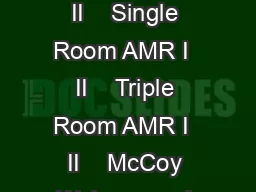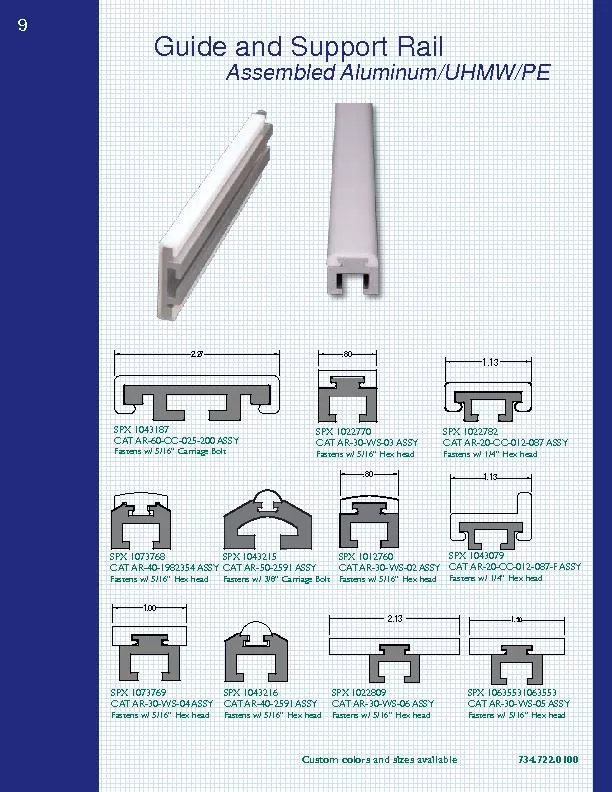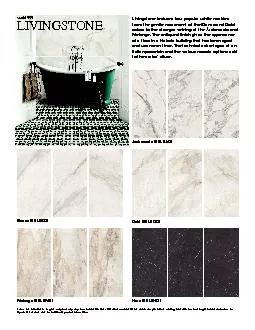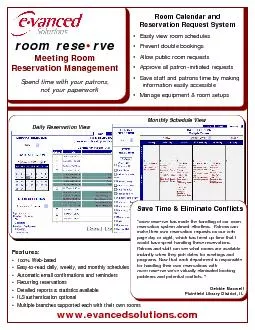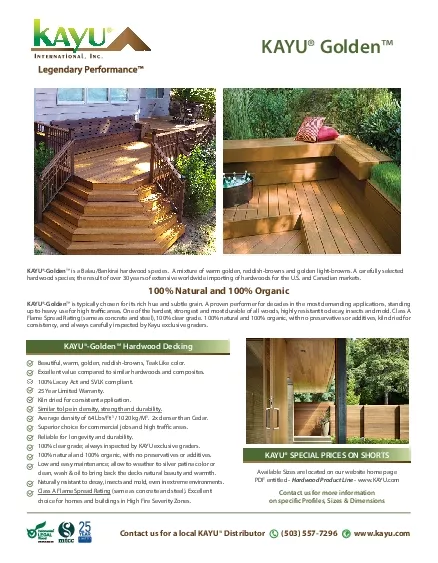PPT-Room Sizes and Relationships
Author : tawny-fly | Published Date : 2016-05-21
GTT Unit 7 Green Architecture Room Relationships Living Area Sleeping Area Service Area Three Areas LIVING AREAS Formal Living Area Guest entertaining Quiet
Presentation Embed Code
Download Presentation
Download Presentation The PPT/PDF document "Room Sizes and Relationships" is the property of its rightful owner. Permission is granted to download and print the materials on this website for personal, non-commercial use only, and to display it on your personal computer provided you do not modify the materials and that you retain all copyright notices contained in the materials. By downloading content from our website, you accept the terms of this agreement.
Room Sizes and Relationships: Transcript
Download Rules Of Document
"Room Sizes and Relationships"The content belongs to its owner. You may download and print it for personal use, without modification, and keep all copyright notices. By downloading, you agree to these terms.
Related Documents



